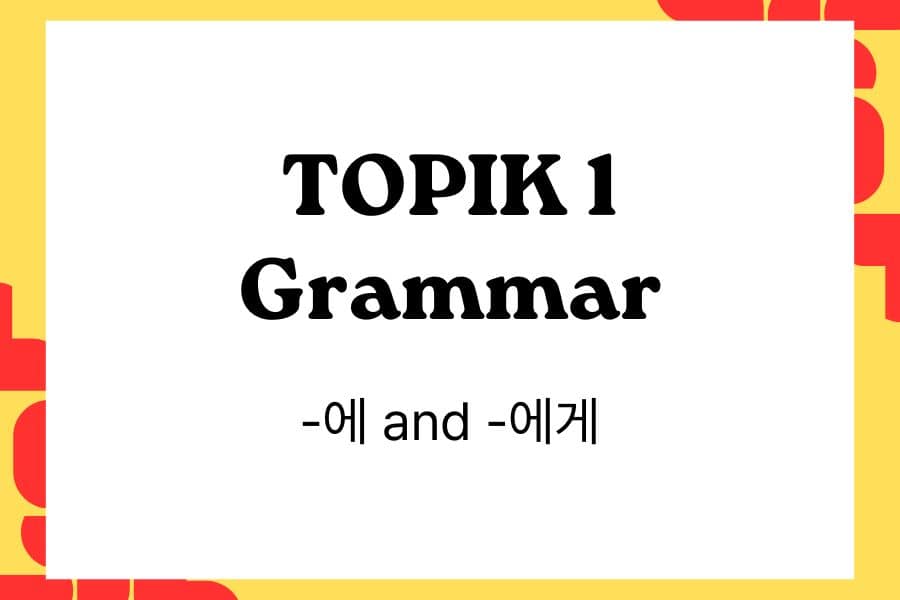
Introduction – Comparing -에 and -에게 in TOPIK
Particles are one of the trickiest parts of Korean grammar for TOPIK beginners. In particular, -에 and -에게 look simple, but their functions are very different. Mastering them will make a big difference in your exam score.
🌱 Our TOPIK 1 book gives you the foundation to pass the exam and enjoy daily life in Korea.
📌 Related grammar guides:
In this post, we will compare -에 and -에게, show you how they are used, and provide TOPIK-style practice questions so you can test yourself.
Grammar Focus – -에 vs. -에게
-에
The particle -에 is mainly used to mark a place or time. It answers questions like Where? and When?
- Place: It tells us the destination or location of an action.
- Time: It tells us when something happens.
- Other Uses: In advanced grammar, -에 can also show causes or reasons (예: 행복에 살다), but in TOPIK 1 it usually focuses on place and time.
예문:
- 저는 학교에 갑니다.
- 친구는 아침에 운동을 합니다.
- 책은 책상 위에 있습니다.
👉 Key Point: If the sentence describes a location or time frame, use -에.
-에게
The particle -에게 is used to mark the receiver of an action, usually a living being (a person or an animal). It often answers the question To whom?
- Receiver of an action: The subject gives, sends, or says something to another person.
- Politeness: In spoken Korean, 한테 is often used instead of 에게, and 께 is used for honorifics.
- Restriction: You cannot use -에게 for inanimate objects (e.g., ✘ 책에게, ✘ 컴퓨터에게).
예문:
- 저는 선생님에게 질문을 했습니다.
- 수지는 동생에게 편지를 보냈습니다.
- 친구는 강아지에게 밥을 줍니다.
👉 Key Point: If the sentence has a receiver (a person or animal), use -에게.
How These Particles Appear in TOPIK 1
Both particles are frequently tested in TOPIK 1. Learners must quickly distinguish whether the blank refers to a place/time (-에) or a receiver (-에게).
Example Question 1 (Reading/Grammar)
저는 약국( ) 갑니다.
① 에
② 을
③ 에게
④ 에서
👉 Correct answer: ① 에
Example Question 2 (Reading/Grammar)
오늘은 수미의 생일입니다. 저는 수미( ) 선물을 했습니다.
① 도
② 를
③ 에서
④ 에게
👉 Correct answer: ④ 에게
Example Question 3 (Listening/Integrated)
자기만 아는 번호를 사용할 수도 있고 카드로 문을 열 수도 있습니다. ( ) 사람마다 모두 다른 목소리나 얼굴 모양을 이용하는 방법도 있습니다.
① 그리고
② 그러면
③ 그렇지만
④ 그래서
👉 This type checks your understanding of connectors, but knowing particles helps you interpret the logic correctly.
Study Tip for TOPIK Learners
When preparing for TOPIK, practice these steps:
- Identify the subject → Is it a place/time or a person/animal?
- Eliminate unlikely options (예: object markers, connectors).
- Repeat practice with past TOPIK questions.
By practicing repeatedly, you’ll automatically know when to choose -에 or -에게 under exam pressure.
Understanding the difference between -에 and -에게 is a must for TOPIK beginners. They may look simple, but they appear again and again in the test.
👉 Want more TOPIK tips and practice? Join our learning community today!
👉 Just starting Korean?
🌱 Our TOPIK 1 book gives you the foundation to pass the exam and enjoy daily life in Korea.

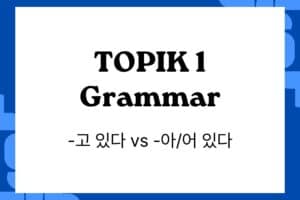
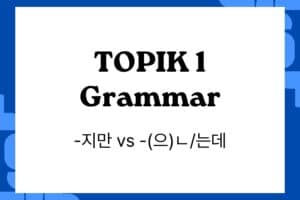
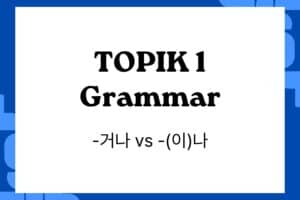
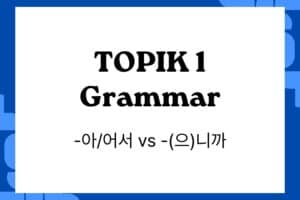
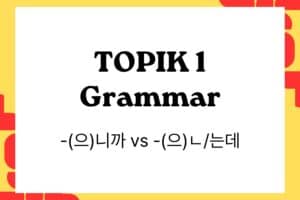
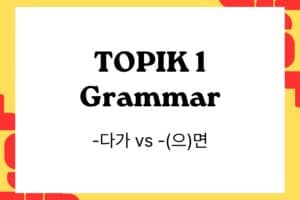
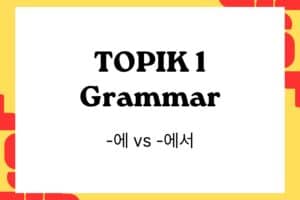
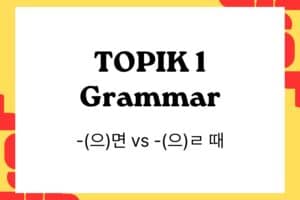
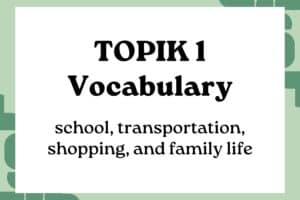
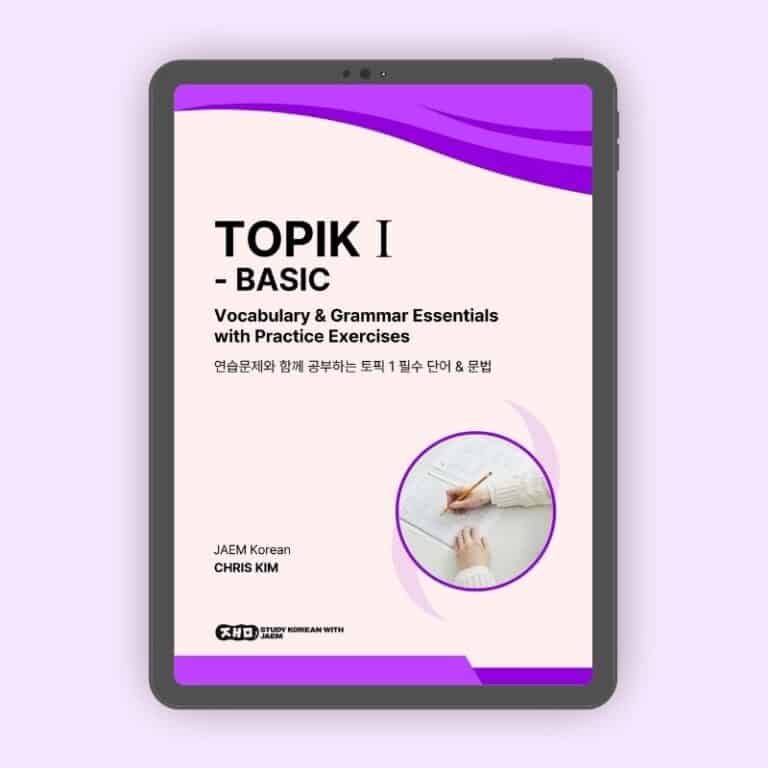
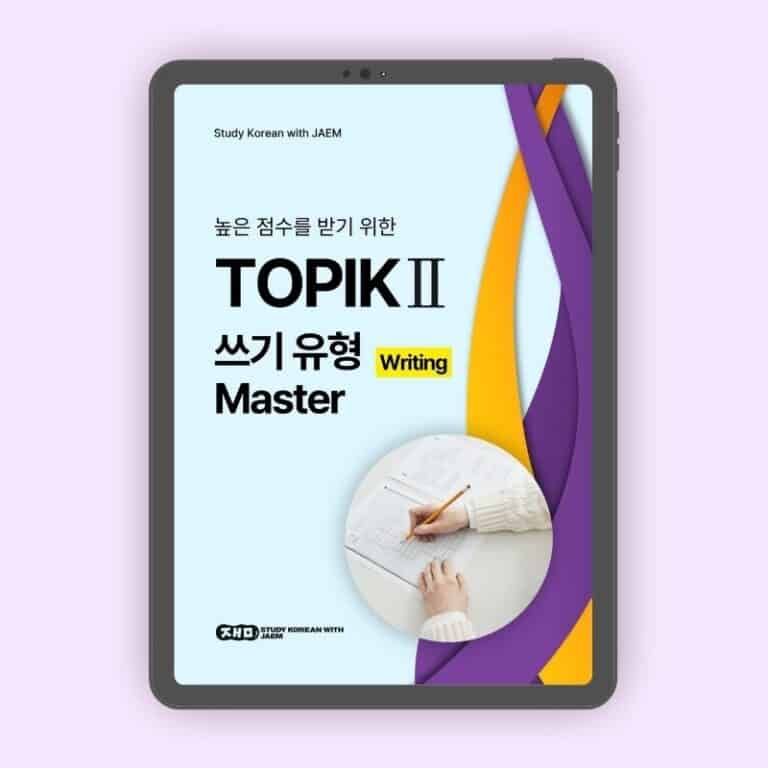


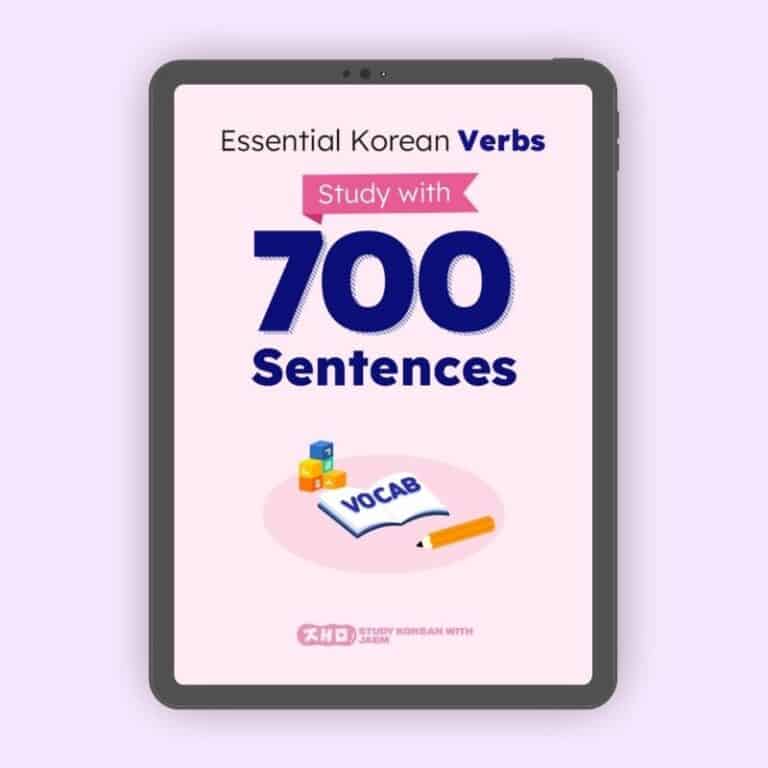


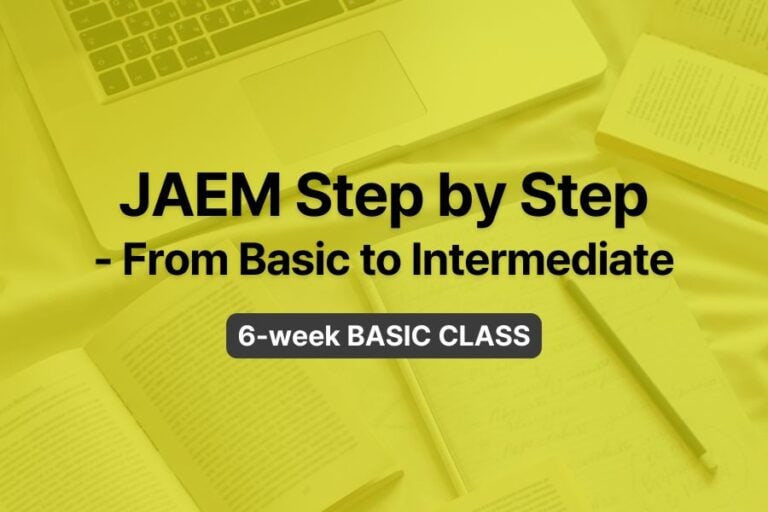

Responses